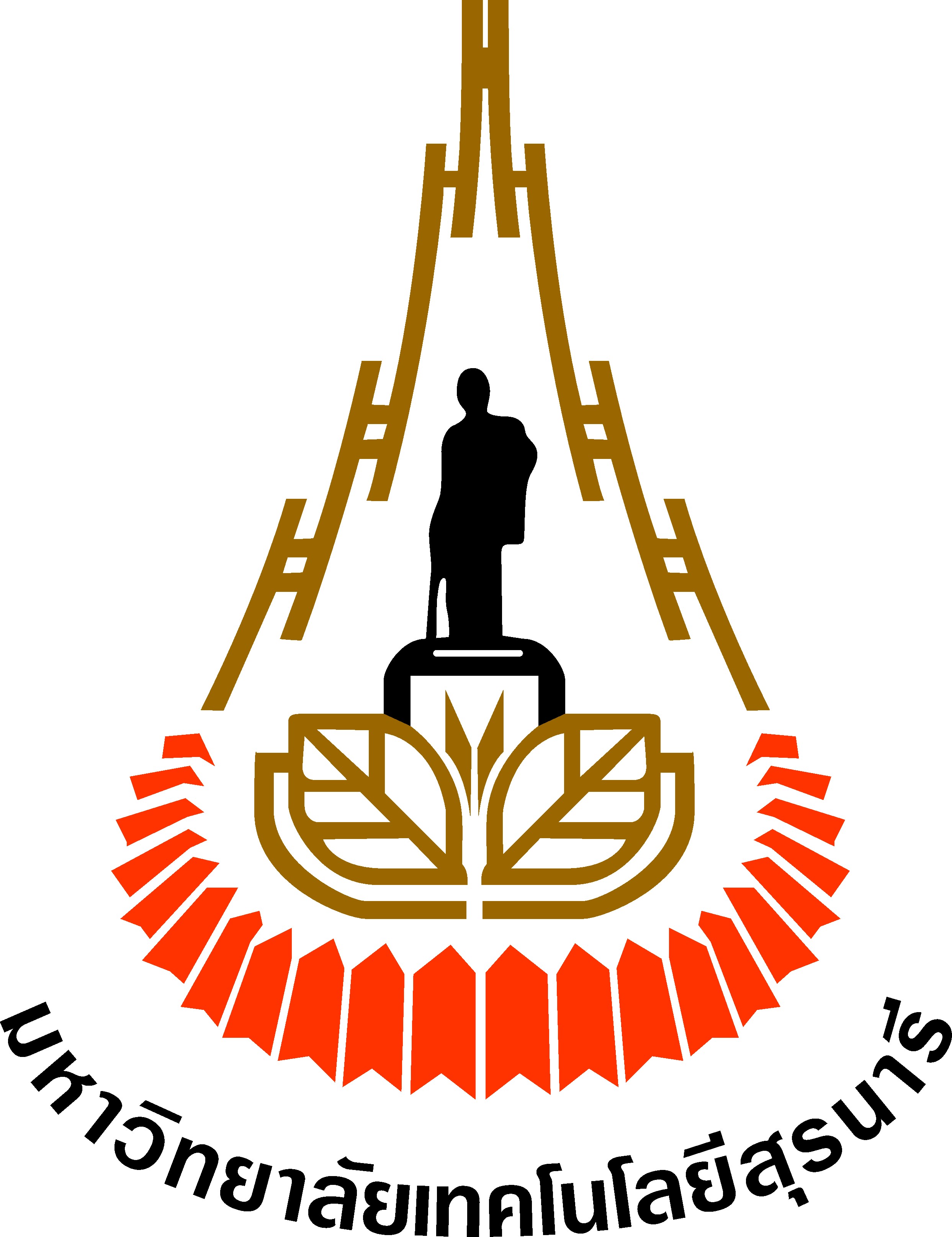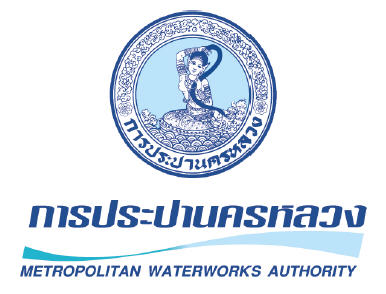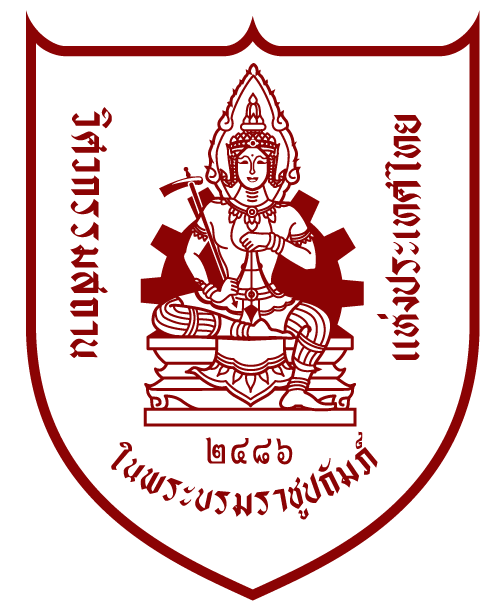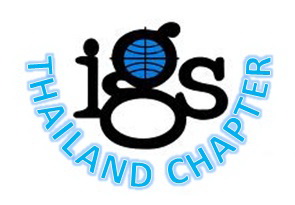Program Tour of ACESD 2014
Friday, 29 August 2014
9:00 Depart from Suranaree University of Technology to Phimai district.
10:30 Visit the Phimai historical park and the Phimai national museum.
12.00 Lunch will be provided at Banyan Tree Lounge shown in figure b.
14:00 Return back to Suranaree University of Technology.


(a) Phimai historical park (b) Banyan tree lounge


(c) The largest Banyan tree
Tourist Attractions in Nakhon Ratchasima




Wang Nam Khiao
The so-called Switzerland of Isan, together with its widely known motto “Cool-climate town, abound with mountain ranges, plenty waterfalls, several fruit orchards, vast paradise of fog” cannot be anywhere else but Wang Nam Khiao district in Nakhon Ratchasima Province. The town seems to have a magnetic power that drives people to experience its miraculously beautiful nature. From Bangkok, drive along the Motorway until you find the exit gateway in Cha Choeng Sao. Then head to Kabin Buri to enter the state highway No. 304. After that, drive uphill to Wang Nam Khiao district. Above all, to find the accommodation, it is recommended to stay around the base of Khao Phaengma hill which has a comfortable temperature of foresty breeze.

Chokchai Farm
Chokchai Farm is the place for the whole family who wants to see what the cowboy lifestyle looks like. Here tourists are allowed to milk cows and see how the milk is made ready to drink. You can also enjoy watching a demonstration or interactively participate in making ice cream. In addition to these activities, there are farm tours that take visitors of all ages to see the cowboy way of life. A pony farm and animal talent shows are there to provide an ultimate entertainment experience for our young audience.
You will be dazzled by the cowboy shows that demonstrate tie-down roping and taming wild horses.
Eat a BBQ in a boutique hotel and spend the night in a convenient air-conditioned room. Then the whole family will certainly wake up to a new delightful day.
A very nice and strongly recommended restaurant is the Chokchai Steak House, where delectable well-aged beef is offered for a large variety of dishes. Finish your meal with ice cream made from top quality fresh milk. It certainly makes a big hit among kids.
Chokchai Farm is ideal for spending a short holiday because it is only 160 kilometres from Bangkok. It takes only a couple of hours on Mittraphap Road, and then you arrive at the well-known authentic cowboy realm. For further information, contact Chokchai Farm headquarters by calling 02-532-2846 or visit www.farmchokchai.com

Thao Suranari Monument
Thao Suranari Monument is a memorial to the Thai heroine called ‘Ya Mo’ by locals. Built in 1934, it is located in the city centre. People from other provinces who visit Khorat and locals usually come to pay homage here and ask for blessings. The statue is made of black copper. It is 1.85 metres high and is dressed in regalia in a standing posture. The right hand holds a sword and the statue faces west towards the capital of Bangkok. The monument base holds her ashes.
Thao Suranari was originally Khunying Mo, the wife of the assistant governor of Nakhon Ratchasima. In 1826, Chao Anuwong of Vientiane had Khorat under siege but Khunying Mo rallied villagers to fight against Chao Anuwong. After the battle was over, King Rama III promoted her to Thao Suranari. Every year during 23 March to 3 April, the people would hold a festival to honour her bravery.
Interesting events: Khorat songs (phleng Khorat) is sung in the evenings on a stage near the shrine. They are traditional folk songs worth listening.


Phimai historical park
The most magnificent castle in Thailand is located at Amphur Phimai, Nakornratchasima.This castle is believed to have been be built more than 1,000 years ago by an ancient tribe that is said to have contact with the Khmer Kingdom. Phimai Historical Park was created in the 16 BE. The park is located in the heart of Amphur Phimai and is the center of transportation in the areas around Moon River. The engraved picture on the lintel and the pediment is very attractive. They are mostly about the story of Ramayana and the beliefs of Brahman-Hindu. For example, the pediment in the south or in the front of pagoda is the picture of Shiva dancing the hundred and eight Thai classical dances. Inside the main pagoda, a pediment above the four entrance doors depicts the Buddha’s life.
Site of Interest: Sai Ngarm, where there are big banyan trees around the bank of the Moon River.


Khao Yai
Khao Yai (Big Mountain) attracts one million visitors a year, mostly from Bangkok; a three-hour drive away. One of the largest forests in Southeast Asia, Khao Yai boasts four vegetation zones, spanning elevations from 100 meters to more than 1,400 meters. It consists of evergreen rain forest, semi-evergreen, mixed deciduous, and hill evergreen forest. In its forest and savannah the park supports a wild elephant herd estimated at 300. Another attraction is a vast population of hornbills of various species: great hornbill, wreathed, oriental pied, and brown.
Fifty hiking trails follow the migratory paths of wildlife to scenic waterfalls such as Heaw Sawat and to grassy savannahs where elephants roam. Dwarf and barking deer are easily spotted, as are gibbons, langurs, and rhesus monkeys. Three wildlife observation towers make it easier still, as do nightly truck “hunts” where rangers shine spotlights on night-feeding herds. For those wishing to venture further afield, park rangers will serve as guides.


Dan Kwian
Dan Kwian The land of ceramics, is located in Tambol DanKwian, Chokchai District and is 15 kilometres south-east of Korat City. Route No.224 Nakhon Ratchasima, Thailand - Chokchai runs thougth the village where both sides of the orad are fulled of beautiful and astonishing ceramic shops. The moon River runs on the east side of the village.
Dan Kwian Litter ally means the by-pass area of bull-carts. As told by the people, years ago, people from variousparts on the side of the country, for example, Nang Rong, Buri Ram, Surin, Khunhan, Khukhan and down to khamer regions, who had travelled west-wards in their carts, would normally camp their caravans here at Dan Kwian, During their stops, the travellers or the merchants would collect the raw clay from the banks of the Moon River for making earthenware-pots, jars, table wares etc. Shapes and designs were copied in traditionnal way as the 'Kha' tribe who originally lived there. Many of those product wear taken back with the merchants and since the products from Dan Kwian had special charactoristics both in shapes and colors and also marverlous quality of tough, they became well know to all people everywhere. Today,the Dan Kwian products become one of the major export goods from Korat. The clay at Dan Kwian has a special marverlous quality of though, as said, ductile texture and color of rust which beyond comparison and the quality is fantastic.The clay is taken from the banks of Moon River, the place locally colled 'Kud' (Parts of the river banks that have been worn away or eroded then created an area of swamp-liked).The clay is also well known for its features as forming shapes, and on the firing process, it is not easily broken or bending,The very most special feature is that after the firing the clay will give out natural red colour which is belived to be iron oxide mixed in the clay.

Pad Mee Korat (Hot Noodles Korat Style)
This is a "hot" version of pad Thai. Pad Mee is quite an elaborate dish. The style usually found in Thai restaurants outside Thailand is particularly elaborate. In Thaland, there is a local, very simple variant of the dish, known as pad mee Korat. Made with a recipe that consists of partly cooking a cup of noodles, then stir frying them with a cup of sliced and shredded cabbage, adding a little tamarind juice for flavor, and drizzling a beaten egg over it to complete it. The version below is a slightly more elaborate version of pad mee Korat, which is also fairly hot. This version we call pad mee Korat phet (hot stir fried noodles in the Korat style). The original uses cabbage, but any greens will do. We make this with a mixture of broccoli and asparagus.

Khanom Chin Ban Pradok
Khanom Chin Ban Pradok(boiled rice noodles or rice vermicelli) is a well known dish made of not-glutinous rice grains. It is traditionally served to monks and guests in various occasions such as merit-making, wedding, house-warnings, and funeral ceremonies. It is called different things in different regions such as “ Khanom Sen” by people in the north, “Khao Pun” in the Isan, and “Khanom Chin” in the Central Thailand.
Korat people have their own famous Khanom Chin Ban Pradok, the off-white sticky fermented rice noodles famous for its unique slightly sour smell. It is served with tasty curry which is the result of the careful cooking procedure.
Ban Pradok is a village is Muen Wai Sub-District, Nakhon Ratchasima Province. This village has produced boiled rice noodles for a long time. Presently, they are available in restaurants lining both sides of the road in Ban Khok Phai area. The noodles are also served with other dishes such as stir-fried noodles, spicy papaya salad, grilled chicken, and desserts.

Kai Yang Tha Chang (Grilled Chicken)
One of the most popular dishes in Nakhon Ratchasima is Kai Yang Tha Chang (Grilled Chicken), prepared quite differently from other parts of Thailand, mixed with salts, Thai peppers, and Chinese spices, now also called Kai Yang Chakkrarat (Grilled Chicken) because the place has been given a new name.
111 University Avenue, Muang, Nakhon Ratchasima 30000 THAILAND Please call me at this number "+668 9280 7154" instead of "+66 44 224 421" Contact





